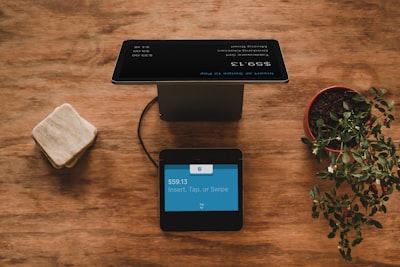Access is restricted by law or regulation to particular groups of people with the necessary security clearance and need to know, and intentional mishandling of the material can incur criminal penalties. Documents and other information must be properly marked “by the author” with one of several levels of sensitivitye.g.The choice of level is based on an impact assessment; governments have their own criteria, which include how to determine the classification of an information asset, and rules on how to protect information classified at each level.Although “classified information” refers to the formal categorization and marking of material by level of sensitivity, it has also developed a sense synonymous with “censored” in US English.A distinction is often made between formal security classification and privacy markings such as “commercial in confidence”.Classifications can be used with additional keywords that give more detailed instructions on how data should be used or protected.
Some corporations and non-government organizations also assign levels of protection to their private information, either from a desire to protect trade secrets, or because of laws and regulations governing various matters such as personal privacy, sealed legal proceedings and the timing of financial information releases.
With the passage of time much classified information can become a bit less sensitive, or becomes much less sensitive, and may be declassified and made public. Since the late twentieth century there has been freedom of information legislation in some countries, whereby the public is deemed to have the right to all information that is not considered to be damaging if released.





